40 Interesting Cartoon Facts:

1. Speedy Gonzales cartoons were banned for a short while by Cartoon Network, due to perceived racial insensitivity. They were brought back the airwaves after fan campaigns, and the Hispanic-American rights organization League of United Latin American Citizens called Speedy a cultural icon. – Source

2. In the original He-Man cartoon of the 1980’s, He-Man could not use his sword as an offensive weapon or punch or kick anyone due to the broadcast standards of the period. In fact, he was mostly non-violent and usually just outsmarted his enemies. – Source

3. The Flintstones was the most profitable network cartoon franchise for 30 years before being unseated by The Simpsons. – Source

4. In Japan, a few foreign cartoons including “Bob The Builder” was suggested to be edited, adding the fifth finger to the characters’ hands. The reason was that having only four fingers implies membership of the Japanese Mafia. – Source
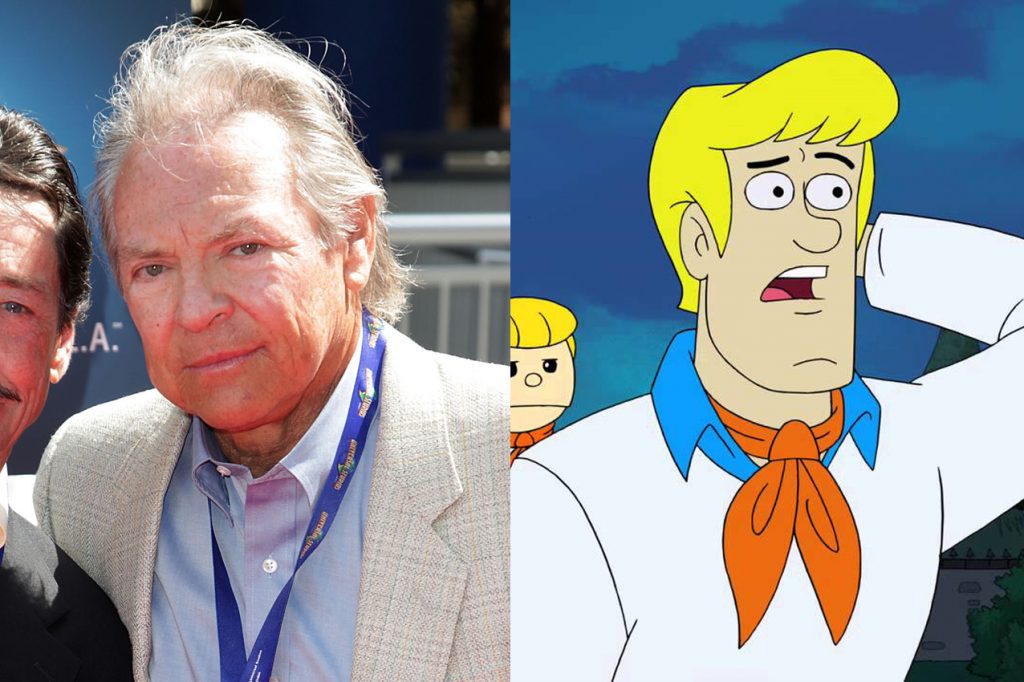
5. Frank Welker is the original voice for the animated cartoon character Fred from Scooby-Doo, Where Are You! (1969) and 47 years later continues to voice him (and now Scooby) for the new cartoon adaptations. – Source

6. First published in 1993, “On the Internet, nobody knows you’re a dog”1 is the most reproduced cartoon from The New Yorker magazine, and its title a phrase still used around the world. – Source
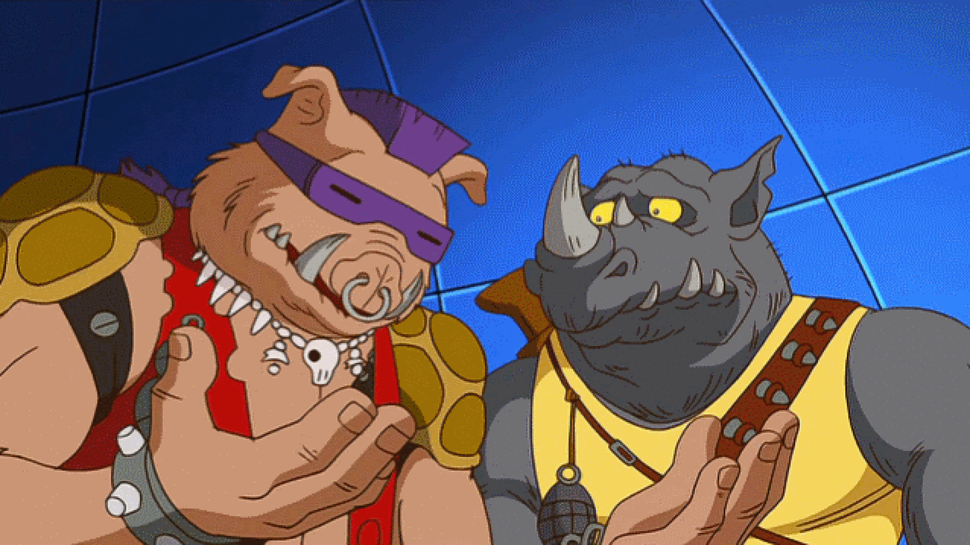
7. Bebop & Rocksteady were added to the 1987 Teenage Mutant Ninja Turtles cartoon because the toy company wanted more characters to sell. – Source

8. In The Real Ghostbusters cartoon series, the season 1 episode “Take Two” has the Ghostbusters flying to Hollywood to visit the set of a movie based on their adventures. At the end of the episode, it’s revealed to be the 1984 live-action film, meaning the cartoon is real but the movie is fake. – Source
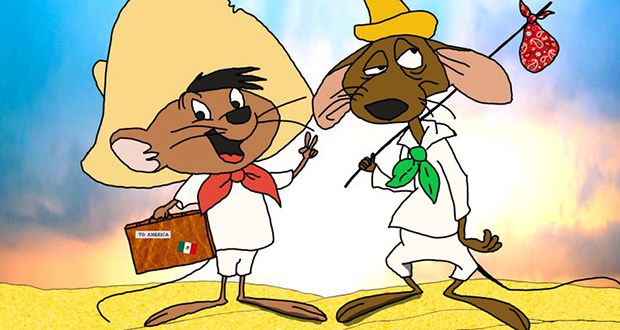
9. Speedy Gonzales has a cousin called Slowpoke Rodriguez that appeared in only two cartoons. Since he cannot move fast enough to defend himself, he carries a gun for protection. – Source

10. Walt Disney personally hated the Goofy character and found its cartoons to be stupid. The only reason he didn’t axe the character is that it gave work to so many animators. – Source

11. The place that cartoon characters store things, just to pull out of thin air, is known as “Hammerspace”. – Source
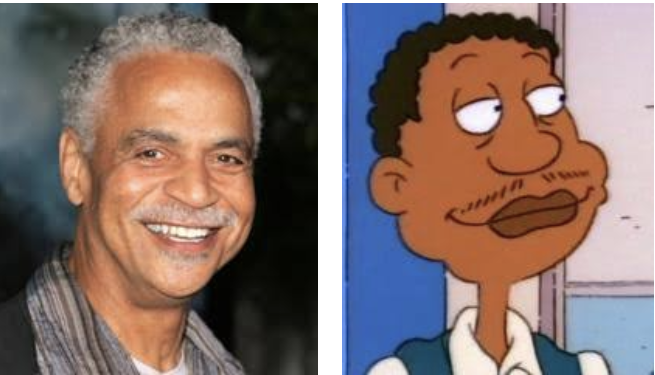
12. Ron Glass was the voice of Randy Carmichael, the genial neighbor and father of four children in the popular Nickelodeon cartoon series “Rugrats” and its spinoff, “All Grown Up.” – Source

13. The post office in Bedrock, Colorado receives so much fan mail addressed to characters from ‘The Flintstones’ that they have a special stamp for rejecting the mail that says ‘Return to Sender – Fictitious Cartoon Character’. – Source

14. When John Kricfaluci was asked if his cartoons Ren and Stimpy were gay, he replied “I don’t know if they’re gay or not, that’s their own business.” – Source

15. The airplane nose dive sound in cartoons is inspired in the Ju-87 Stuka, which had a siren attached to its fuselage to frighten soldiers when bombing. – Source

16. Al Sharpton demanded an apology from Cartoon Network for depicting Martin Luther King Jr using the term “N***a” in The Boondocks. Cartoon Network responded by making fun of Al Sharpton in a radio broadcast in a later episode. – Source

17. Superman was originally incapable of flying in the 1940s; hence the phrase “Able to LEAP tall buildings in a single bound.” The animators of Superman’s first cartoon thought it looked silly, so they requested, and were granted, permission to give him the ability of flight. – Source
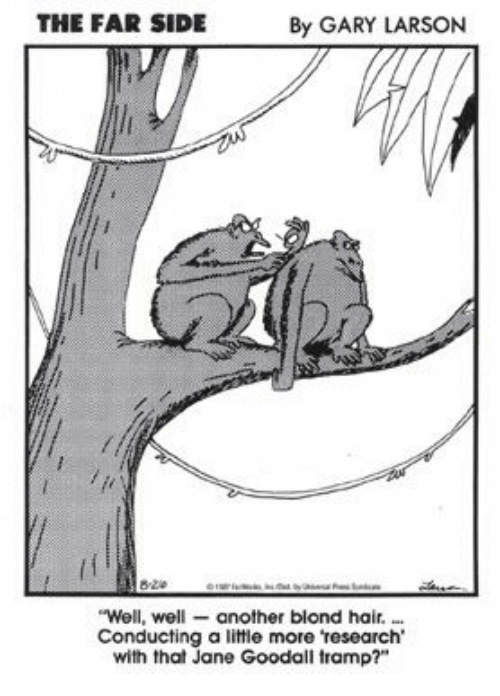
18. Due to lash back from a Far Side cartoon where a female chimp finds a human hair on the male she is grooming and says, “Conducting a little ‘research’ with that Jane Goodall tramp?”, Gary Larson now donates all profits from sales of a shirt featuring this cartoon to The Jane Goodall Institute. – Source

19. Politician Boss Tweed was brought down by Thomas Nast’s cartoons, which painted him as the embodiment of corruption. Tweed said to aides, “Let’s stop them damned pictures. I don’t care so much what the papers write about, my constituents can’t read but damn it, they can see pictures.” – Source

20. From 1904 to 1925, a cartoon called “Dream of the Rarebit Fiend” ran in a New York paper. It featured bizarre nightmares, and among other things pioneered the idea of giant characters destroying a city. It has been called “perhaps the most bizarre newspaper feature in American history”. – Source
21. The “Betty Boop” cartoon character was the subject of a lawsuit by the popular singer Helen Kane, who claimed her singing style had been ripped off. In court, however, it was proven that Kane had herself stolen the style from the African American singer Baby Esther. – Source
22. During the ending theme to Cartoon Network’s The Grim Adventures of Billy and Mandy, some strange, creepy gibberish is heard at the end. The gibberish played backward is Maxwell Atoms, the creator of the show, saying “No, no. This is the end of the show. You’re watching it backward!” – Source
23. The Addams Family was originally a group of macabre cartoon characters whose exploits were published in The New Yorker. – Source
24. When the UK stopped airing TV due to WWII, the last thing that aired was a Mickey Mouse Cartoon. After the war, the first show that played was the same Mickey Mouse cartoon. – Source
25. Salvador Dalí made a cartoon for Disney. – Source
26. “Pig-Pen” from the Peanuts cartoon was a parody of “Piggy” from Lord of the Flies. In his premiere, he said, “I haven’t got a name…people call me things…real insulting things.” – Source
27. The Teenage Mutant Ninja Turtles didn’t get color-specific masks until their first cartoon aired in 1988. – Source
28. The cartoon “Ed, Edd n Eddy” was created on a dare. – Source
29. Chuck Jones created Wile E. Coyote and the Roadrunner as a parody of chase cartoons like “Tom and Jerry”, not expecting that its purposefully ridiculous contraptions and nonsensical cartoon physics would make it popular. – Source
30. Yogi Bear as well as many other Hanna-Barbera cartoons, were given white collars so the Animators would have to draw less. Redrawing only his head in each frame when he spoke. – Source
31. MTV’s “Clone High” cartoon was cancelled when people in India conducted a massive hunger strike after Googling a Maxim article depicting Gandhi, and coming across the cartoon, which featured Gandhi as a character. – Source
32. Tom and Jerry cartoons won seven Oscars. – Source
33. The cartoon, Grim Adventures of Billy and Mandy, won 2 Emmy awards in 2006 and 2007. – Source
34. Saturday morning cartoons vanished in the 2000’s largely due to the “Children’s TV Act” requiring stations to have 3 hours of educational/informational (E/I) programming per week. To avoid the station’s affiliates scheduling the E/I during their weekday shows, Saturday morning’s took the hit. – Source
35. The Brave Little Toaster very nearly took home the top award at the 1988 Sundance Film Festival, the judges were afraid that the festival would lose respect for picking a cartoon. – Source
36. The largest collection of cartoon art in the world is housed at The Ohio State University. The Billy Ireland Cartoon Library holds a Calvin and Hobbes collection of more than 3,000 originals. – Source
37. The last episode of the 80s kids’ cartoon “David the Gnome” involves the main character and his wife going into the mountains for a death ritual. They die and turn into trees. – Source
38. Cartoon characters are depicted as wearing gloves as it eliminated the complexity of drawing a well-defined hand back in the days when they had to manually draw a new drawing per frame for numerous frames. – Source
39. The old propaganda cartoons telling kids to “duck and cover” under their desk in case of a nuclear bomb were actually giving really useful advice. – Source
40. There was an episode of the 1980s’ Transformers’ cartoon where Megatron and the Decepticons got hammered by overindulging on energon. – Source
